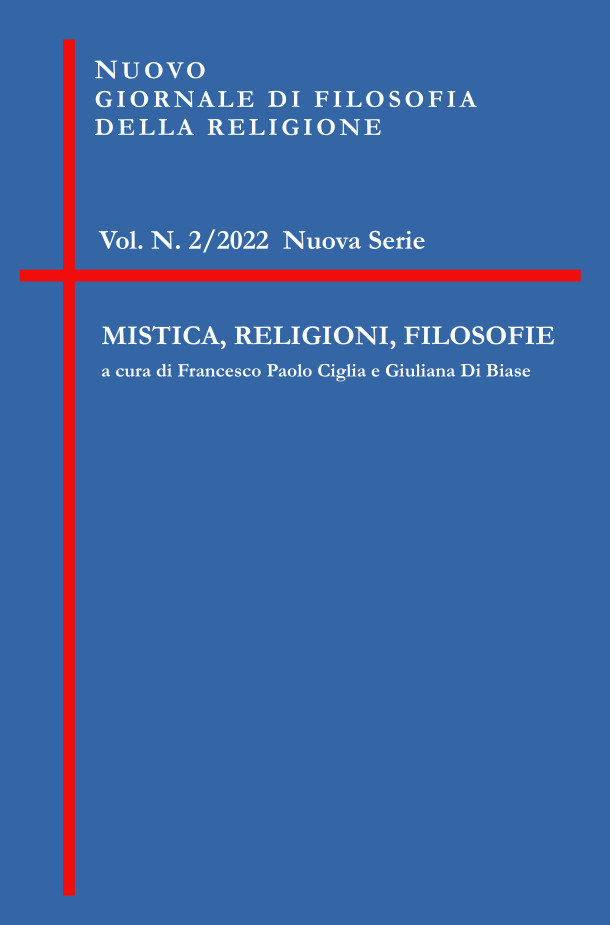Abstract
Il cap. 6 della Lettera ai Romani sembra presentare un filo del discorso accidentato, in cui il lessico della morte alterna significati molto diversi. L’intero brano diventa però più logico se l’espressione ἀποθνήσκειν τῇ ἁμαρτίᾳ si interpreta non nel senso morale «morire al peccato», ma nel senso reale «morire di peccato», e l’espressione ζῆν τῷ θεῷ non come «vivere per Dio», ma piuttosto come «vivere grazie a Dio». La coerenza con cui questo passo così interpretato parla di una condivisione della morte e vita di Cristo spinge a rivalutare il carattere mistico della teologia di Paolo, proposto dapprima da Alfred Wikenhauser e Albert Schweitzer e più recentemente da Ed Parish Sanders. Le importanti aporie evidenziate da quest’ultimo possono essere superate tramite una riflessione filosofico-religiosa sul concetto di vita e di morte.
Chapter 6 of the Letter to the Romans seems to have a bumpy thread of discourse, in which the vocabulary of death alternates between very different meanings. The whole passage becomes more logical, however, if the expression ἀποθνήσκειν τῇ ἁμαρτίᾳ is interpreted not in the moral sense ‘to die to sin,’ but in the real sense ‘to die of sin,’ and the expression ζῆν τῷ θεῷ not as ‘to live for God,’ but rather as ‘to live thanks to God.’ The consistency with which this passage thus interpreted speaks of a sharing in Christ’s death and life prompts a reassessment of the mystical nature of Paul’s theology, first proposed by Alfred Wikenhauser and Albert Schweitzer and more recently by Ed Parish Sanders. The major issues highlighted by the latter can be solved through a philosophical-religious reflection on the concept of life and death.
Copyright and licensing: The journal supports the principles contained in the Berlin Declaration on Open Access to scientific literature (2003), reiterated in the Italian CRUI Guidelines on Open Access journals. Copyright Notice: papers made open to the public are published under the CC BY--4.0 license.
Archiving : This journal uses the LOCKSS system to create an archiving system, which is distributed between participating libraries and enables them to search through the permanent archives of the journal for the purposes of conservation and restoration. All journal data and publications are also saved and stored directly on the platform

